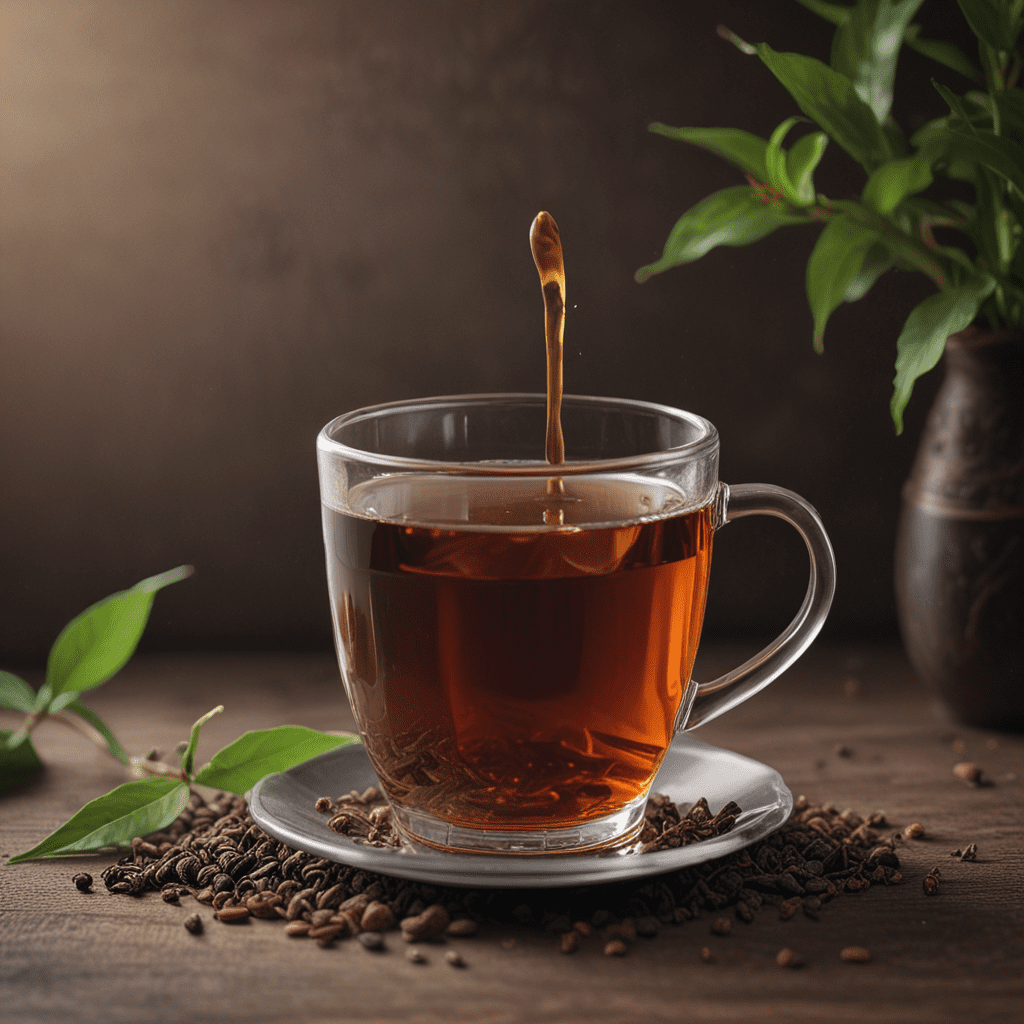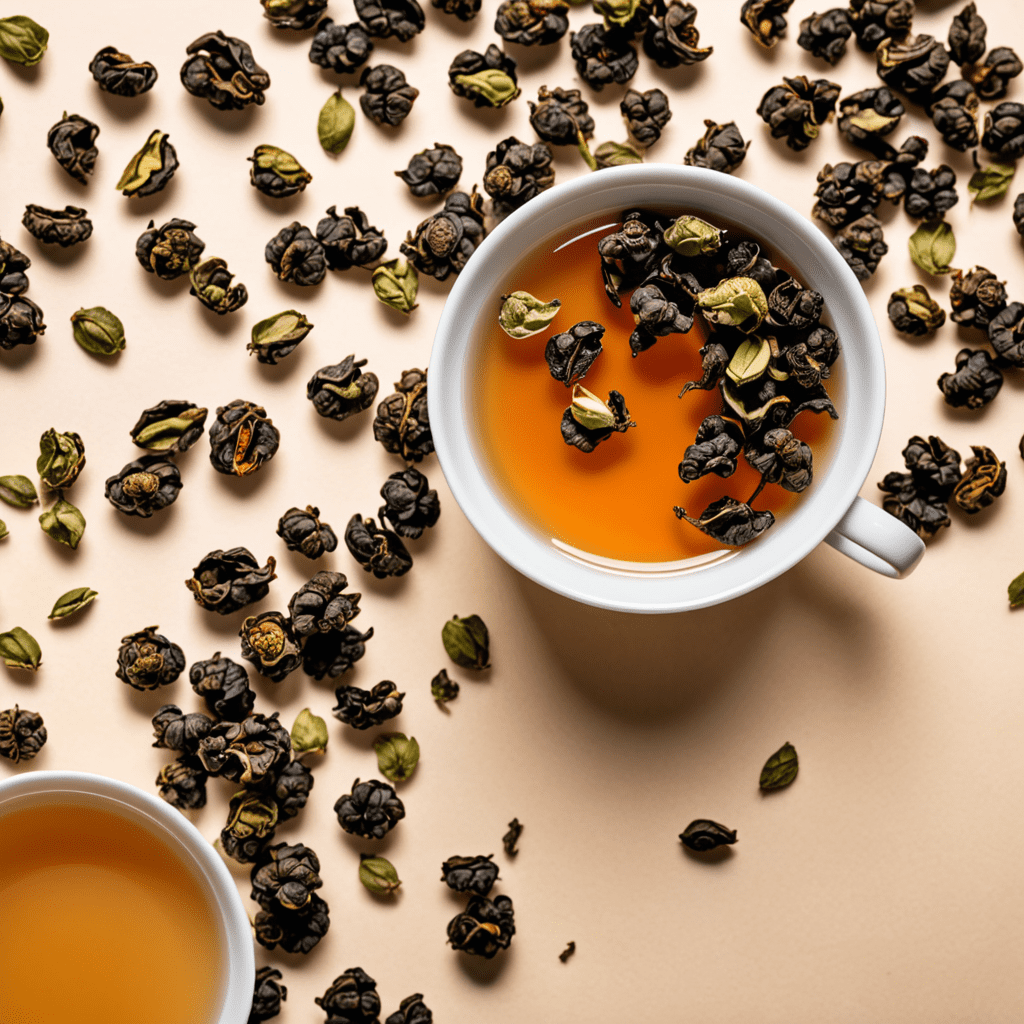Brewing the Perfect Cup of Matcha: Tips and Tricks
Indulge in the vibrant world of matcha, the finely ground green tea powder that encapsulates centuries of Japanese tradition. Crafting the perfect cup of matcha requires a harmonious blend of technique and meticulousness. Here's a comprehensive guide to elevate your matcha experience to new heights:
1. Choosing High-Quality Matcha
The foundation of a superior matcha brew lies in the quality of the tea itself. Seek out authentic matcha with a vibrant green hue and a fine, velvety texture. Opt for organic matcha sourced from reputable growers, ensuring sustainable farming practices and exceptional flavor.
2. Measuring and Preparing the Matcha
Precise measurement is crucial for a balanced cup of matcha. Use a bamboo scoop called a chashaku to dispense approximately 1-2 grams (or half a teaspoon) of matcha into a matcha bowl or a small teacup.
3. Selecting the Appropriate Water Temperature
The ideal water temperature for preparing matcha varies slightly depending on the grade and quality of the tea. Generally, 170-180°F (77-82°C) is recommended for ceremonial-grade matcha, allowing the delicate flavors to shine through without bitterness.
6. Adding Milk or Sweetener (Optional)
Traditionally, matcha is consumed without any additions. However, some prefer to enhance the flavor with milk or a natural sweetener like honey or maple syrup. Almond milk or oat milk complement the earthy notes of matcha well. Add these ingredients to taste, ensuring they do not overpower the delicate flavor of the tea.
7. Avoiding Common Mistakes
Over-whisking can result in a bitter and frothy matcha. Use a light, circular motion to whisk the tea until it reaches a smooth consistency. Avoid using a spoon or fork, as these can damage the delicate matcha powder.
8. Tips for Enhancing Flavor
Elevate your matcha experience with these flavor-enhancing tips:
- Add a pinch of salt: A touch of salt balances the sweetness of matcha and brings out its umami notes.
- Experiment with spices: Enhance the complexity of matcha by adding a dash of cinnamon, nutmeg, or ginger.
- Create a matcha latte: Combine matcha with steamed milk for a creamy and comforting beverage.
9. Variations and Customization Options
Matcha's versatility extends beyond traditional preparations. Here are some creative variations to explore:
- Matcha smoothies: Blend matcha with fruits, vegetables, or yogurt for a nutrient-rich and refreshing treat.
- Matcha desserts: Incorporate matcha into cakes, cookies, or ice cream for a unique and flavorful twist.
- Matcha mocktails: Create invigorating non-alcoholic beverages by mixing matcha with fruit juices or sparkling water.
10. Maintaining the Quality of Matcha
Preserve the freshness and flavor of your matcha by storing it properly. Keep it in an airtight container in a cool, dark place. Avoid exposing it to direct sunlight or excessive moisture, as these conditions can degrade the tea's quality.
FAQs: Brewing the Perfect Cup of Matcha
Q: What is the recommended serving size of matcha?
A: A typical serving size is 1-2 grams (or half a teaspoon) of matcha powder per cup.
Q: How long should I whisk the matcha?
A: Whisk the matcha for about 10-15 seconds, or until it reaches a smooth and frothy consistency.
Q: Can I use cold water to prepare matcha?
A: No, it is recommended to use hot water between 170-180°F (77-82°C) to fully dissolve the matcha powder and bring out its flavors.
Q: How can I adjust the strength of the matcha?
A: To make a stronger matcha, increase the amount of matcha powder used. For a milder flavor, add more water.


